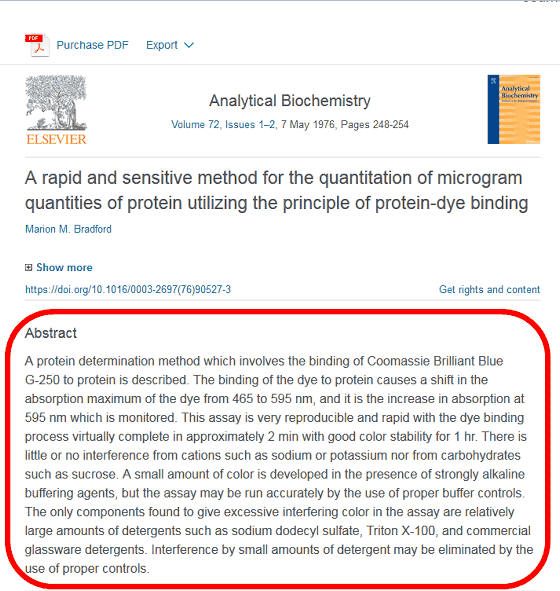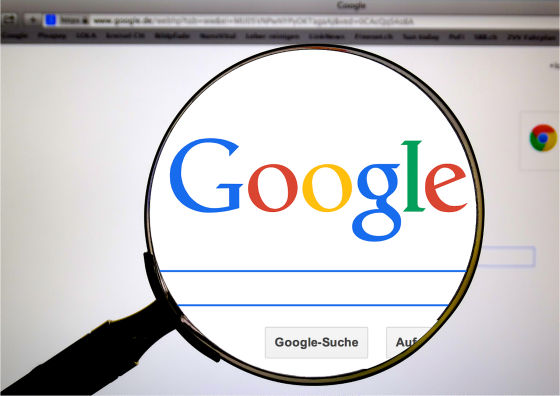Scientists teach the general public "How to read scientific articles" 11 steps

In order to understand science news correctly, you need to read scientific papers that originated the news directly. An active scientist explains 11 procedures on how an ordinary person without scientific knowledge and lack of knowledge should read scientific papers.
Impact of Social Sciences - How to read and understand a scientific paper: a guide for non-scientists
http://blogs.lse.ac.uk/impactofsocialsciences/2016/05/09/how-to-read-and-understand-a-scientific-paper-a-guide-for-non-scientists/
Dr. Jennifer Rough, a professor of anthropology at the University of Kansas, who acquired a doctorate in genetics and biological anthropology from the Indiana University, that the news that misdirectly tells science has great influence on people has to be avoided I believe.

News on science is a summary and summary of research, but since it is not possible to eliminate the possibility that facts are not correctly caught, in order to understand scientific news correctly it is best to read the source thesis is the best way It is said that.
However, the task of reading scientific papers is a completely different process from reading science articles in blogs and newspapers, requiring perseverance. Dr. Rough says that patience and practice are indispensable for amateurs to acquire "how to read articles" that scientists should learn skills by themselves. Although it is a reading of a scientific article like penance, it is said that the pace that can be read is faster so as to persevere patiently and to gain experience.
Eleven procedures necessary for correctly reading scientific articles are as follows. According to Dr. Rough, it is important to read scientific papers in this order.
◆ 00: major premise
Prior to beginning to read the paper, Dr. Rough recommends writing down the author and the research institution to which he belongs. And we also want to pay attention to scientific journals that have articles. These are factors that affect the reliability of the paper, so it should be prepared as preparatory acts before starting reading.
Also, while reading through the paper, Dr. Rough requests that you write down all the words you do not understand. It is obvious that this work is penance, but according to Dr. Rough, "I do not understand the article without understanding of the phrase".
◆ 01: Read from "Intoduction" section and do not read "Abstract" section
In scientific papers "abstract" which summarizes the research is surely attached. Abstract summarizes the research content in brief, and if you look at it, you can see approximate research results. For this reason, most of the general public tends to read "only abstract", but Dr. Rough says that abstract should be read at the end.

The abstract includes consideration to the results of the author (researcher), and it is said that there is not a little bias here. For scientific research that should be based on facts to the last, reading abstract should be the last one.
◆ 02: Clarify "big question"
What should be kept in mind when reading a paper is not "what is this thesis written about?", But "what question (this research) is trying to solve? Does it? "Said Dr. Rough. With this in mind, I can focus on why this research was done and I can see the evidence carefully.
◆ 03: Summarize research background within 5 lines
After having a big question, Dr. Rough thinks that it should work to summarize the background of the research into concise content of less than 5 lines. By summarizing the research background as a reader, it will become possible to think about the context of research. Dr. Rough thinks that in order to understand the research correctly, I think that it is necessary to explain why the research was done.

◆ 04: Identify concrete questions
After clarifying the big problem up to Step 3, you should think about the question that the researcher is trying to answer in the paper. This question can be one or more. Anyway, Dr. Rough recommends writing out all the questions I am trying to answer on paper. If the authorNull hypothesisIf you are setting up, you need to clarify that.
◆ 05: Identify the approach
Next, in order to answer specific questions, we need to identify what the author is trying to do.
◆ 06: Write a related diagram of each experiment and illustrate the method that the author has taken
Dr Rough recommends illustrating the relevance of research approaches such as experiments. In order to complete understanding, it is recommended to write enough detailed contents as necessary. It is not necessary to write detailed experiment content, but until we reach a level where we can explain the basic method to others, we are not yet ready to proceed to the "result" of step 7.
By the way, Dr. Rough said "The First Peopling of South America: New Evidence from Y-Chromosome Haplogroup QThe figure organized when I read the paper entitled "It is like this". It is very clear that it was a paper on his own field of expertise, but in the case of other field papers more writing and memos will increase.

◆ 07: Read the "Result" section
In good quality papers, most of the results are summarized in charts. It is said that special attention should be paid to this chart. Dr. Rough says there is a statistical meaning in the words "significant" or "non-significant" and it is necessary to understand the meaning of the error bar of the graph. Also, graphs without confidence intervals are cautionary, and it is important to estimate the reliability of experiments as to how much the sample size is.
◆ 08: Think about whether "result" answers the theme question
It is important that readers themselves think about "what kind of meaning of research results" and what "reader answers correctly to the question that becomes the research theme" specified in step 4? "Says Dr. Rough.

Of course, I do not mind changing my idea at all from reading my interpretation. However, Dr. Rough points out that it is a very good thing to think about the meaning gained from the results by yourself before reading the view of others.
◆ 09: Read the "Conclusion" "Discussion" "Interpretation (Interpretation)" section
I will examine how I interpret the results and consider how I can agree with it. The author should consider 'Is weakness of the research clear?' "Does it have to be overlooked?" "Is alternative substitution impossible?" Dr Rough says that you should never assume that the researcher is correct.
◆ 10: Read the summary
I will read abstract (summary) only after completing the work so far. We check if the summary is consistent with the content described in the paper.
◆ 11: What other researchers are talking about the paper?
As a work that should not be forgotten after reading all the papers, it is important to investigate "what other researchers are evaluating for the paper?" At this point "Google search" will be lifted. Ruff says that if you observe the steps up to step 10, you will be ready to criticize even the views of other researchers displayed on Google search.

The 11 steps of Dr. Rough's "How should ordinary people read scientific articles?" Are definitely useful for general people who do not have scientific knowledge about their research field, but of course, It seems to be a content that gives a hint of how to write a dissertation that a third party can read easily.
Related Posts:







